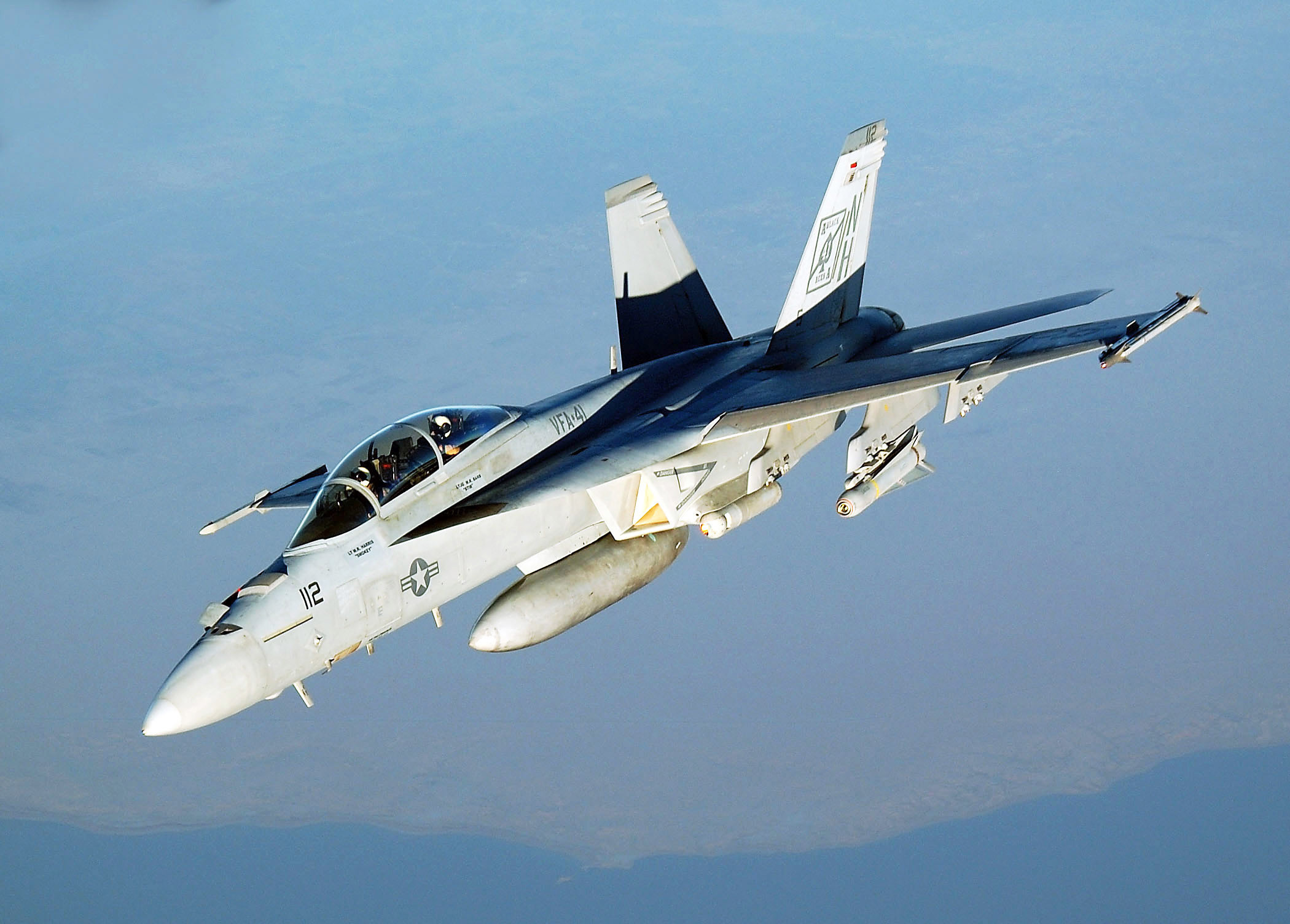Sunday, 21 July 2019
UFO News Article:
“U.S. Fighter Jets Are About To Get Infrared
Sensors That Could Be Huge For UFO Reporting”
9 July 2019
(The Drive, U.S.A.
The U.S. Navy and U.S. Air Force will soon “field very
capable infrared search and track systems (IRSTs),” Tyler Rogoway writes.
Wikipedia article: “Infrared search and track”:
Quote from the Wikipedia article:
“An infrared search and track (IRST) system
(sometimes known as infrared sighting and tracking) is a method for
detecting and tracking objects which give off infrared radiation (see Infrared
signature) such as jet aircraft and helicopters.[1]
IRST is a generalized case of forward looking infrared
(FLIR), i.e. from forward-looking to all-round situation awareness. Such
systems are passive (thermographic camera), meaning they do not give out any
radiation of their own, unlike radar. This gives them the advantage that they are
difficult to detect.
However, because the atmosphere attenuates infrared to
some extent (although not as much as visible light) and because adverse weather
can attenuate it also (again, not as badly as visible systems), the range
compared to a radar is limited. Within range, angular resolution is better than
radar due to the shorter wavelength.
Early systems
The first use of an IRST system appears to be the
F-101 Voodoo, F-102 Delta Dagger and F-106 Delta Dart interceptors. The F-106
had an early IRST mounting replaced in 1963 with a production retractable
mount.[2] The IRST was also incorporated into the Vought F-8 Crusader (F-8E
variant) which allowed passive tracking of heat emissions and was similar to
the later Texas Instruments AAA-4 installed on early F-4 Phantoms.”
Boeing F/A-18F Super Hornet fighter jets use a modern IRST system (wikimedia.org) (wikimedia.org photo)

